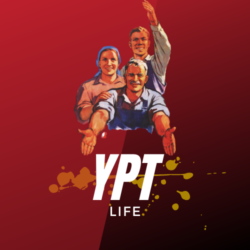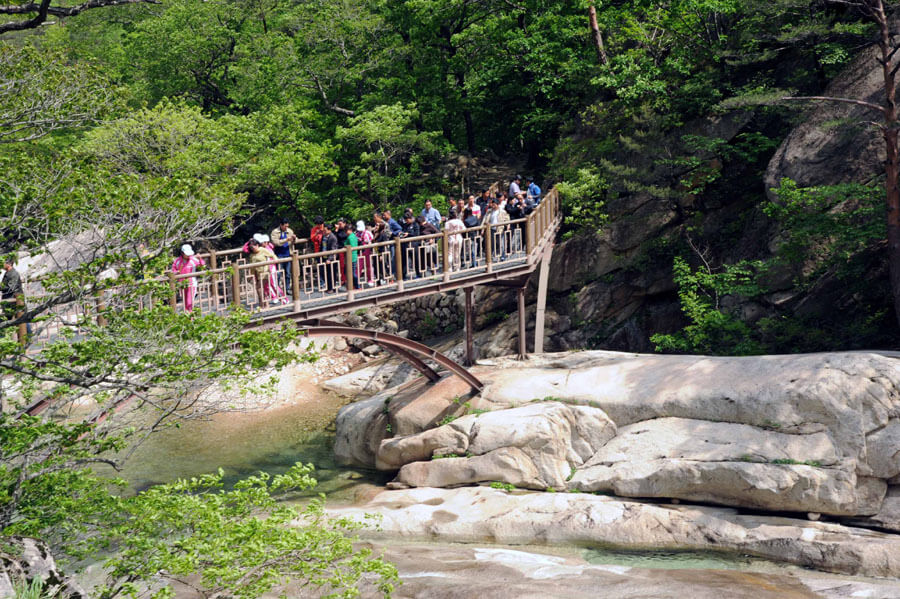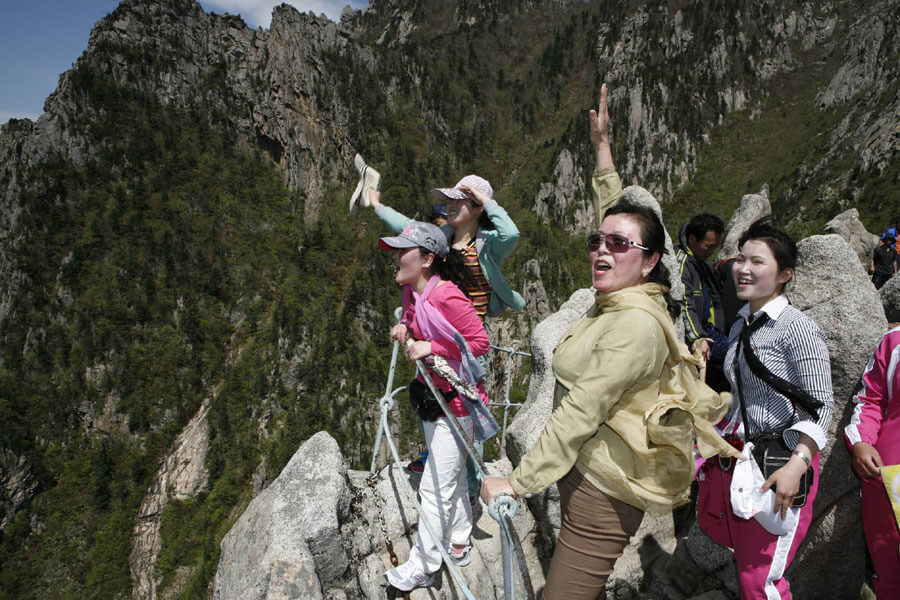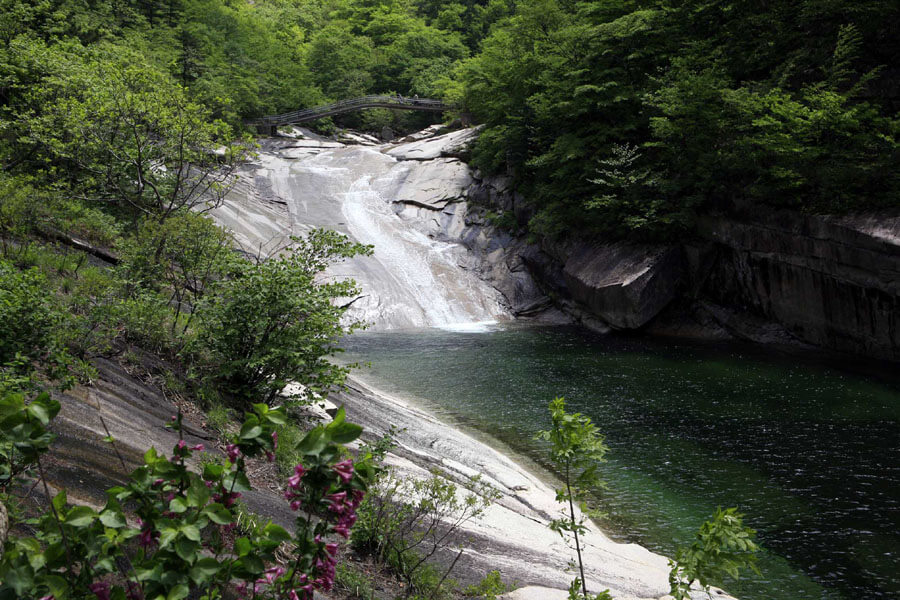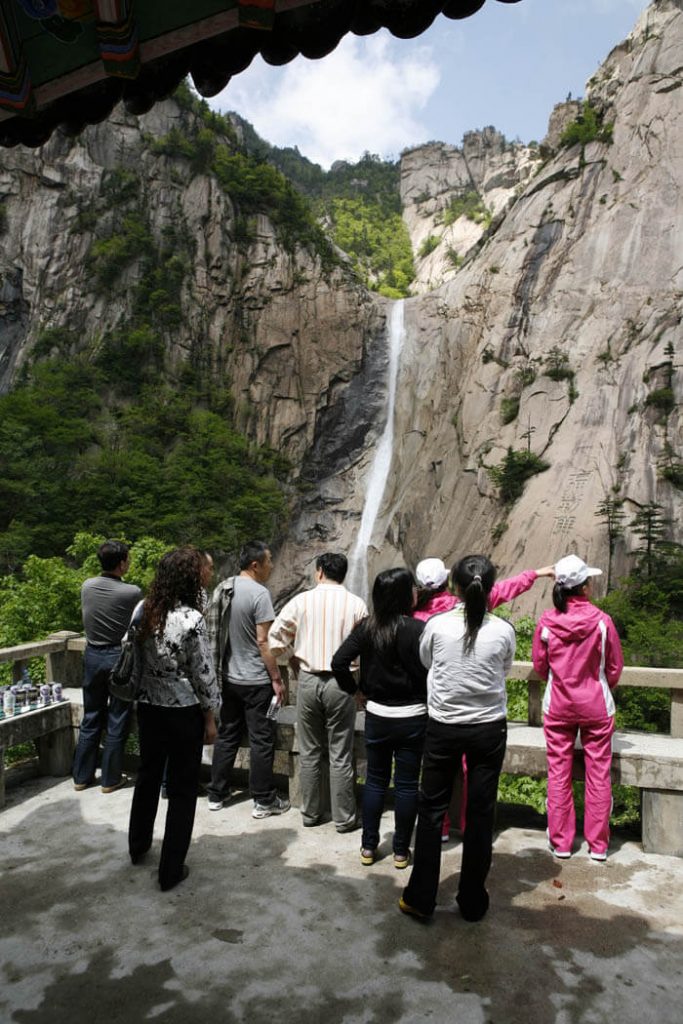Introduction
The stunning Mount Kumgang area, located on the east coast of the Korean peninsula and a stone’s throw away from South Korea, has long been renowned for its beauty featuring stunning mountain ranges and gorgeous coastlines.
Home to the Mount Kumgang Resort, this region of the Korean peninsula was at one time a shining example of inter-Korean peace and cooperation and provided hope and insight into what increased inter-Korean ties could look like for two countries that had been divided for so long.
Over the course of 10 years, close to 1 million South Korean tourists had their first chance to visit North Korea since the division of the country on tours organized by Hyundai Asan, a tourist subsidiary of the famous car company of the same name and a significant investor in the “Sunshine Policy” pushed by the South Korean government to foster better relations.
The resort also was a place of reunion serving as a venue for Korean families separated by a border and ideology for decades to have the chance to meet with loved ones for the first time since the division of the country.
However, today the resort sits largely unused with North Korean leader Kim Jong-Un visiting the complex in October 2019 and ordering for its demolition and reconstruction.
The story of this unique tourist region’s creation would be the result of the first South Korean President’s serious efforts to engage the North, but unfortunately, its downfall would also be characteristic of the state and patterns of Inter-Korean relations for years to come.
The Era of Kim Dae-Jung and the Sunshine Policy
To understand the story of the Mount Kumgang Tourist project, we first need to go back to the 1998 South Korean election, which saw liberal Kim Dae Jung take over the presidency from Kim Yong Sam during a financial crisis that was hitting South Koreas economy hard. Upon election Kim Dae Jung immediately got to work on fixing South Korea’s battered economy by restructuring banking, business, and labour practices before moving on to what would be the defining policy of his tenure as President.
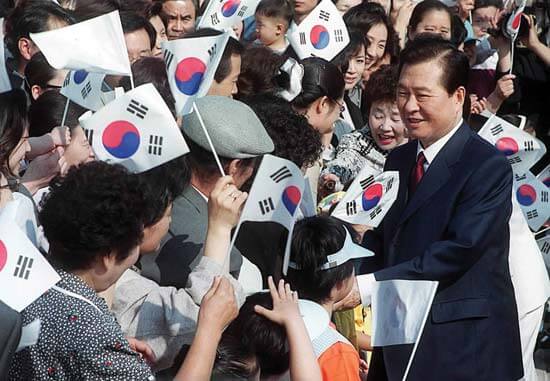
Kim Dae Jung’s administration was set to try a new course of relations with the North Korean government, which included engagement, cooperation and reconciliation with its reclusive Northern neighbour.
The Kim Dae Jung administration actively changed the government’s policy towards the North to a more soft tone and encouraged interaction and economic assistance. The administration outlines some fundamental principles in regarding in its stance to the North including:
The national security policy had these basic principles:
- No armed provocation by the North will be tolerated
- The South will not attempt to absorb the North in any way
- The South actively seeks cooperation and promote reconciliation.
- Separation of politics and economics
- Reciprocity from the North
These principals were intended to convey to the North Korean government that the South was not looking for regime change but rather peaceful co-existence in which both Koreas could exist and mutually benefit each other in a time when the South Korean economy was beginning to expand rapidly, and the North was in the midst of its worst economic crisis of all time.
The two most significant joint economic projects of this time period would be the Mount Kumgang Tourist Zone and the Kaesong Industrial Complex.
Who Has the Money?
With the right man in office to begin the Sunshine Policy, the South Korean government needed an additional party to pump energy into the project. They needed a person with money, assests and a connection to the North. Money and assets being something both governments were short on at this time.
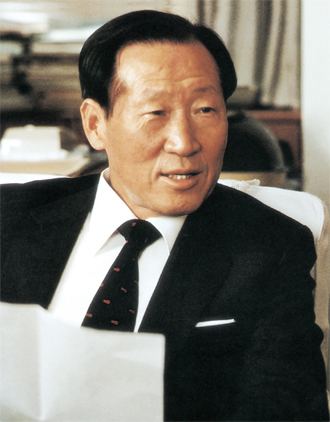
Chung Ju-Yung could not have been a better man for the job. Born as an impoverished peasant in what is modern-day North Korea in 1915. Chung Ju Yong would go from being the subject of Japanese rule to the Hyundai group’s founder and one of the most successful South Korean business people of all time.
The idea for a joint North-South Tourism project had actually been pitched by Chung Ju-Yung nearly ten years prior when he had made a highly publicized visit to North Korea in 1989 and announced that he would fund a tourism project in the Mount Kumgang projects near his hometown, hoping it would serve as a place where separated families could meet.
In addition to the plan of a joint tourism zone, he also floated the idea of a trans-Korea pipeline bringing gas from Siberia through the North and into the South.
The plans fell through, though, and it is widely rumoured that Kim Il Sung was suspicious of his true intentions.
In 1992 unfazed by his unsuccess of 1989, Chung Ju-Yung gave up his company positions and decided to run for the South Korean office growing tired of his own government policies towards the North, launching his United People’s Party (UUP) in February of 1992. He won just 16% of the vote, but the UPP took 30 seats in the National Assembly.
In 1998 Chung would make another visit to the North, this time making history. Instead of going through China, he would become the first civilian to cross the heavily militarized DMZ without an official escort since the end of the Korean War at 83 years old.
With 50 trucks full of 500 cattle as a gift, Chung made his way across the DMZ to give his cattle to his home village of Asan in Tongchon County of Kangwon Province, close to Wonsan.
Unfortunately, some of the cattle became sick and died for which North Korea accused the South Korean spy agency and even the ministry of unification of deliberately trying to poison North Koreans.
Undeterred by his initial failure Chung made his way across the DMZ again in October, this time with 501 cattle. This time he travelled further onto Pyongyang and had the green light to start up the Mount Kumgang Tourist Project.
Mount Kumgang Opens Its Doors for Business
The Mount Kumgang area was officially open for South Korean visitors. Invested in heavily by Chung’s Hyundai Asan company who received a 30-year exclusive deal to develop the region, including the construction of hotels, golf courses, ski resorts and upgraded hiking routes through the mountains.
On November 14th, 1998 the first ship bound for the tourism zone left the South Korea port of Donghae, on a 12-hour voyage with 441 souls on board. The ship docked at a port near Mount Kumgang also serving as the hotel for guests on their inaugural visit.
During the first two months of operations in November and December of 1998, the resort welcomed through its first 15,500 tourists, all arriving onboard cruise ships through the South. The next two years would see continued growth with 148,000 and 213,000 South Korean tourists, respectively, visiting in 1999 and 2000.
In 2000 the fruits of Kim Dae Jung’s labour regarding his Sunshine Policy paid off, and from June 13-15th, he visited Pyongyang for the historic first-ever inter-Korean summit of the nation’s two leaders since the end of the Korean War.
Video above: The first inter – Korean summit as reported by KCTV
The summit brought newfound interest and curiosity to the South Korean public about their neighbours to the North, and the meeting resulted in the June 15 North-South Joint Declaration which encompassed the following:
- The South and the North have agreed to resolve the question of reunification independently and through the joint efforts of the Korean people, who are the masters of the country.
- For the achievement of reunification, we have agreed that there is a common element in the South’s concept of a confederation and the North’s formula for a loose form of federation. The South and the North agreed to promote reunification in that direction.
- The South and the North have agreed to promptly resolve humanitarian issues such as exchange visits by separated family members and relatives on the occasion of the August 15 National Liberation Day and the question of unswerving Communists serving prison sentences in the South.
- The South and the North have agreed to consolidate mutual trust by promoting balanced development of the national economy through economic cooperation and by stimulating cooperation and exchanges in civic, cultural, sports, health, environmental and all other fields.
- The South and the North have agreed to hold a dialogue between relevant authorities in the near future to implement the above agreements expeditiously.
This meeting and declaration signed by both the South and North leaders at the time could only be described as the most significant step in inter-Korean relations since the countries division.
On October 13, 2000, Kim Dae Jung would win a Nobel peace prize for his efforts in organizing the summit.
The Golden Years of Mount Kumgang Resort
The year 2001 brought only 51,000 tourists as there were some disagreements about land access for South Korean tourists in the zone; however, the next few years would see continued growth and interest in the resort.
Pictured Above: Tourists enjoying hiking around Mount Kumgang
A land route was established in 2002 that allowed for South Korean tourists to cross over the DMZ by coach and make their way to the resort via a newly constructed highway by the South Koreans. The North also made the decision to separate the area from Kangwŏn Province and administer the area as it’s own unique tourist region.
Things were looking up for the project, and in 2002 Hyundai Asian announced that the 500,000 Tourist had crossed into the resort.
From 2002 until 2008, the number of tourists visiting the resort settled in at approximately 240,000 a year, with the one-millionth visitor crossing in 2005.
Background Noise 2002-2008 and the Era of Roh Moo-Hyun
Despite the period of 2002-2008 being the most successful for the tourism region and saw the Sunshine Policy continued, the era also featured significant background noise, mostly pertaining to North Korea and American relations that threatened the resorts prospects and Inter-Korean relations
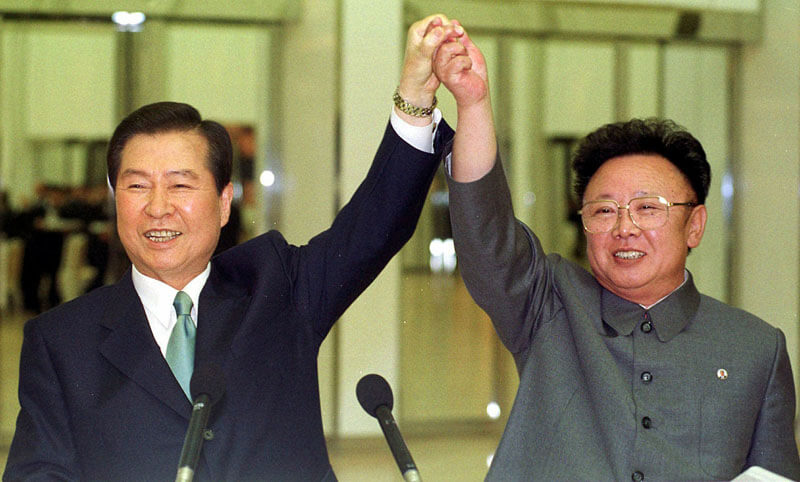
Pictured Above: Roh Moo-hyun and Kim Jong Il at the 2007 Inter Korean Summit
With a new era of North-South relations in full bloom, South Korean president Kim Dae Jung would be presented with a few obstacles in his final years of presidency.
Relations between the United States of America and North Korea continued to sour under newly-elected hardliner Republican president George W. Bush with the President designating the country as a member of the “Axis of Evil.”
North Korea renounced the nonproliferation treaty in response, kicked out UN inspectors, and restarted its nuclear program. In 2002 a short naval skirmish over disputed fishing territory killed six South Korean naval soldiers, further chilling relations.
2003 saw the election Roh Moo-hyun in South Korea, who would carry on Kim Dae Jung’s sunshine policy. Relations warmed from their 2002 state, and the two governments continued cooperation on the projects begun under Kim Dae-Jung and started the Kaesong Industrial Park. South Korea spent the equivalent of just over $324 million on aid to the North in 2005 alone.
In 2007 Roh Moo-hyun would follow his predecessor’s footsteps and crossed the DMZ for a summit with North Korean leader Kim Jong Il.
Inter Korean relations had hit another new peak, and things were looking up for peace and prosperity on the peninsula.
Park Wang Ja
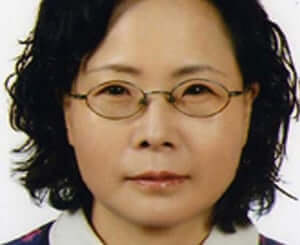
Pictured Above Park Wang Ja
In July 2008, Park Wang Ja, a 53-year-old housewife from Seoul, was one of the hundreds of thousands of tourists passing through the zone each year. She woke up extra early one morning to catch the early sunrise along the beach of Sea Kumgang and ventured into a restricted area being shot twice by North Korean soldiers, once in the leg and once in the chest. The fatal shots would not only end her life but would put a permanent halt on South Korean tours to the area and put an indefinite hiatus on one of the first tangible symbols of the souths South’s “Sunshine” policy.
A joint investigation by both North and South Korean teams was denied, and the future of the resort was now in limbo.
2010 – 2018 Internal Tourism and Family reunions
In August 2008, the North Korean government expelled any remaining South Korean workers from the resort and them back across the DMZ for the last time.
The resort remained unused, and in March 2010, the DPRK government warned that “extraordinary measures” would be taken if the South Korean administration did not lift the band on tourism.
The following month North Korea would seize South Korean assets in the zone in compensation for the damage the Northside suffered due to the suspension of the tour program for such a long period of time.
After the property’s seizure, North Korean tour companies began expanding the range of tours offered to the area promoting it with both Western and Chinese guests visiting North Korea.
In 2011 North Korea tourism agencies also began experimenting with the first cruise ship tour package offered out of the zone going from Rason in north-eastern North Korea to Mount Kumgang. This experiment did not generate the expected interest and was short-lived.
Periodically there have been meetings between divided families at the Mount Kumgang Resort. These typically last a few hours and remain the only hope of relatives separated by the Korean War to meet once again.
The Era of a (Shortly) Renewed Sunshine Policy
Following President Moon Jae Ins election as South Korean president in 2018, he strived to bring back elements of the Sunshine Policy, pushing for cooperation and engagement with the North. This led to three summits in 2018 with him and North Korean leader Kim Jong Un agreeing to restart tours to the region again in the future.
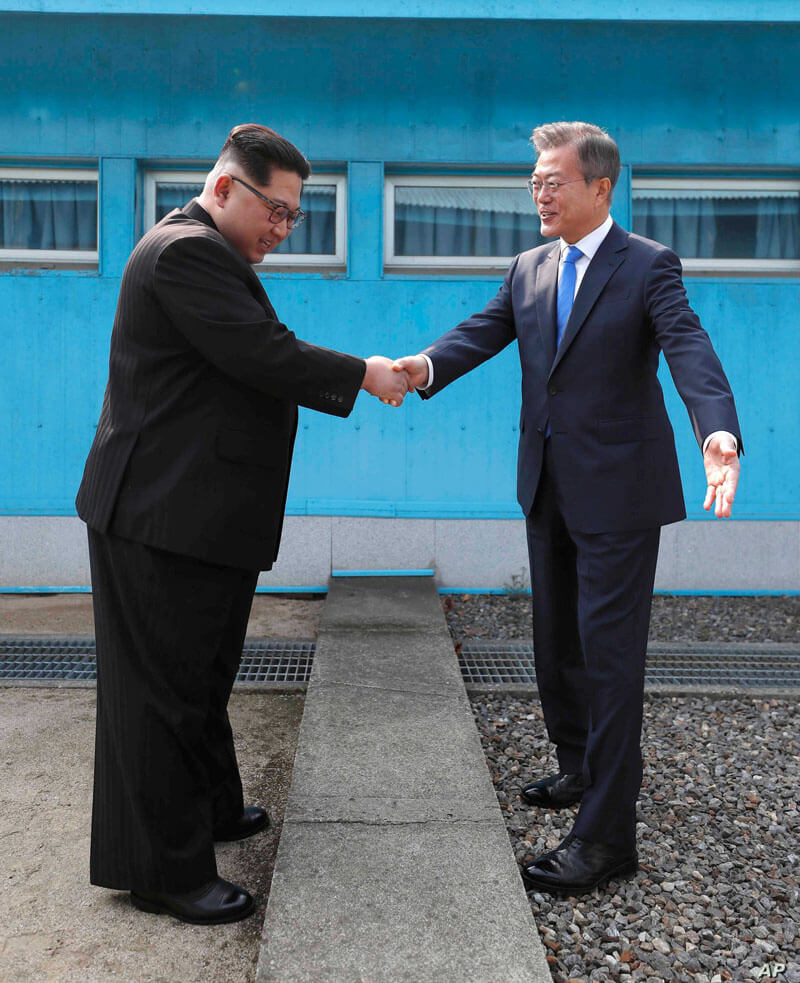
North Korean leader Kim Jong Un, left, shakes hands with South Korean President Moon Jae-in over the military demarcation line at the border village of Panmunjom in Demilitarized Zone Friday, April 27, 2018. Their discussions will be expected to focus on whether the North can be persuaded to give up its nuclear bombs. (Korea Summit Press Pool via AP) 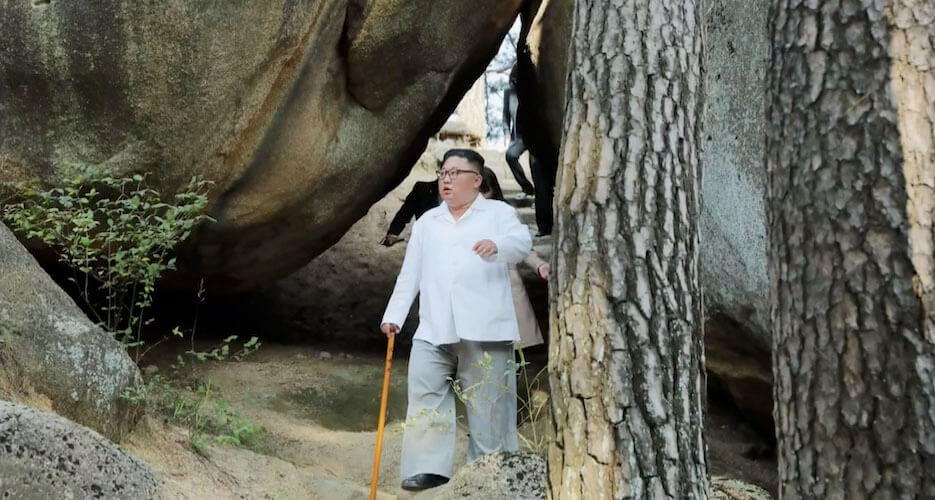
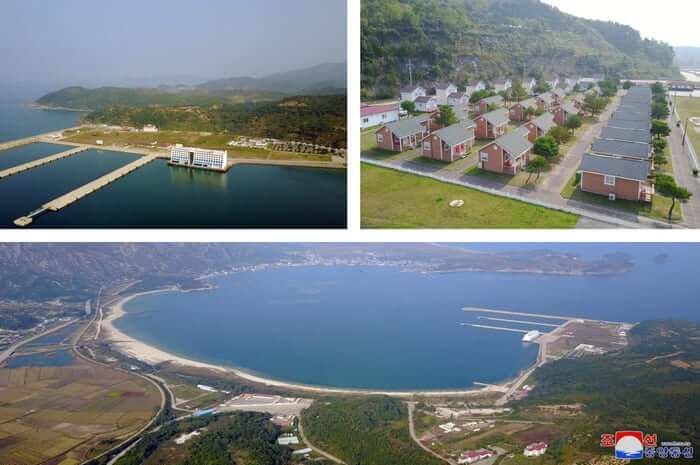
Pictured Above: Kim Jong Un and Moon Jae In, Kim Jong Un inspecting the Kumgang area and Kumgang structures
However following a chill in relations, in October the 2019, Kim Jong Un made an inspection of the zone and was quoted as saying, “They (the buildings) are not only very backward in terms of architecture but look so shabby as they are not properly cared for. The buildings are just a hotchpotch with no national character at all.” and ordered for their removal and reconstruction in a “Socialist Style.”
However, the plans for the redesigned Mount Kumgang tourist area have been put on indefinite hold as of January 2020 due to the ongoing Coronavirus pandemic that continues to grip the world.
What Does the Future Hold for the Zone?
We will have to wait and see what the future holds for tourism in the zone. South Korea has been eager to restart tours arguing that they do not break any international sanctions and foster cooperation and peace on the peninsula. However, North Korea has not shown much interest, and with the country’s borders being closed since January 22 2020, the whole area is in hiatus.
